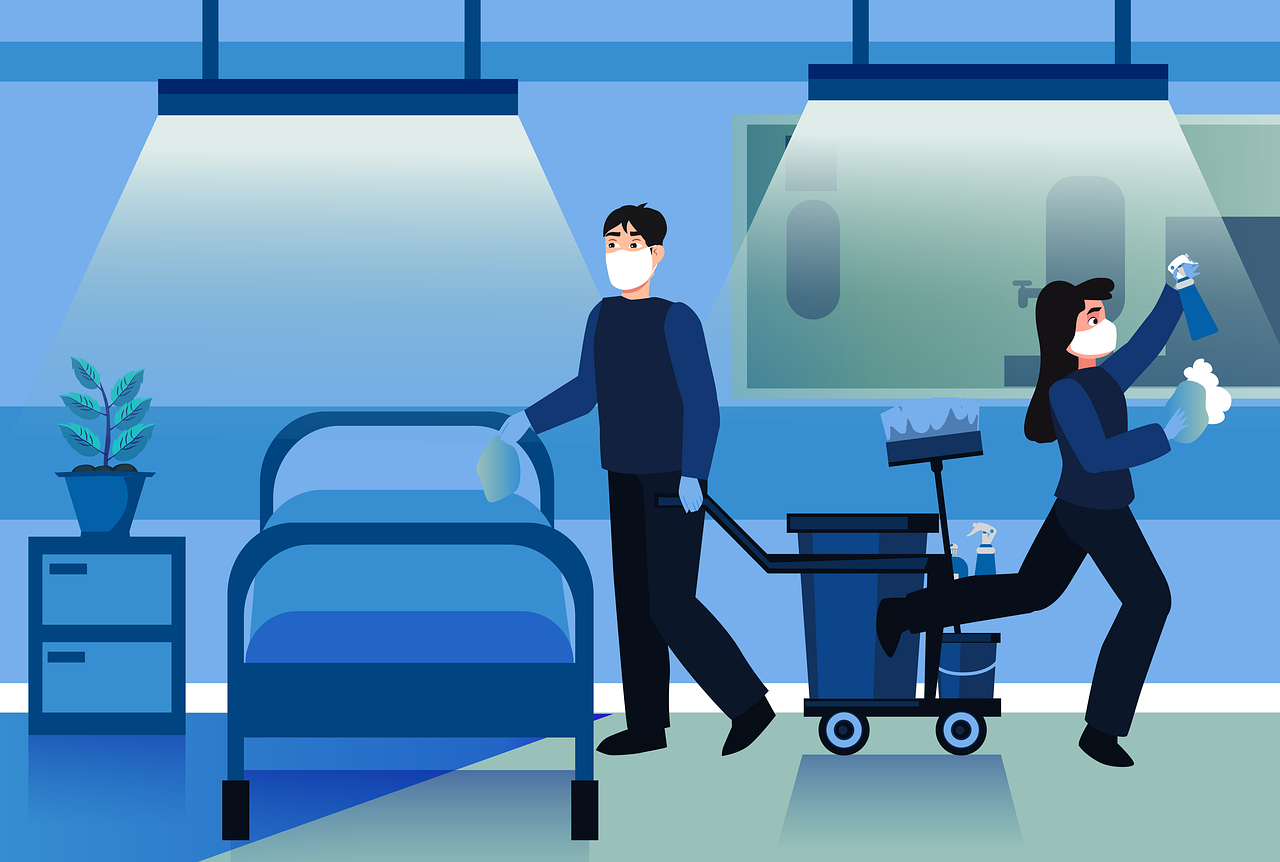
It sounds silly, but can you compare the fumes of traditional scented cleaning products with vehicle emissions? According to a study conducted by scientists in 2022, the answer may be yes.
Fumes & Monoterpenes
Scented surface cleaning products, when used indoors, can actually expose you to as much indoor pollution as being present on an urban road. Essentially, we can trace this back to chemical fumes dispersing through the air, whether you can smell it or not. Scented cleaners often use a fragrance chemical called monoterpenes to give you that “clean” citrus or piney smell. Picture the smell you typically get when using Pine-Sol, for example. This scent is achieved by using monoterpenes.
The trouble arises when monoterpenes evaporate into the air, and they react with unstable molecules like ozone. This reaction causes a production of particles called SOAs, or secondary organic aerosols. Coincidentally, vehicles like cars and trucks also produce SOAs, and these fumes can irritate your airways. It is also noted that the particles can cause serious respiratory problems like inflammation, especially due to repeated use. These particles can also help ferry chemicals into the bloodstream.
Testing Chemical Fumes
In the study, the team of scientists cleaned the floor of an office room for 15 minutes using a mop soaked in cleaning product with a fragrance. They repeated this step a few hours later, and used particle counters to track the levels of SOAs both during and after the cleaning process took place. With this calculation, the team determined that spending 1.5 hours mopping in a room with a product that utilizes monoterpenes for fragrance would be akin to spending 1.5 to 6 full hours by a busy road when it came to lung exposure.
Who is at risk?
While very little is known about cleaning product fumes and exposure to them currently since the science is underway, we can take a look at generalized air pollution and the health effects it has to make an educated guess as to how these SOAs may be affecting the body, especially with repeated exposure. The people most at risk are professional cleaners who are utilizing these chemicals daily, and who may not have the best personal protective equipment or guidelines on hand to deal with SOAs.
While the science is being determined to help guide professional cleaners on the best ways to mitigate this risk, it may be best to switch to green cleaning products that don’t rely on monoterpenes for scents and avoid exposure entirely.


